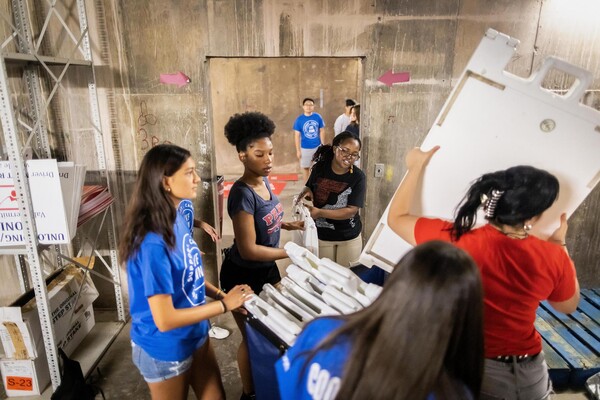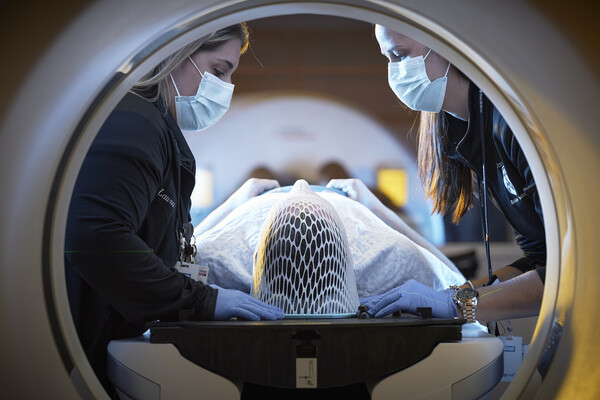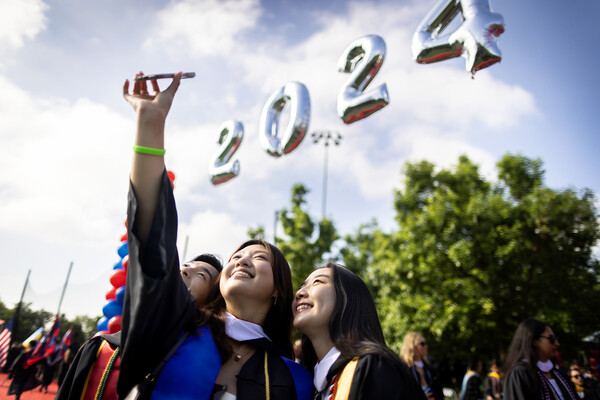Three Penn Professors Elected to National Academy of Sciences
PHILADELPHIA -- Three of 60 new members elected to the prestigious National Academy of Sciences are on the faculty at the University of Pennsylvania. All are in Penn's College of Arts and Sciences: Douglas S. Massey, Ph.D., the Dorothy Swaine Thomas Professor of Sociology; Paul J. Steinhardt, Ph.D., the Mary Amanda Wood Professor of Physics; and Lewis G. Tilney, Ph.D., a professor of biology.
"No other school had more professors in the arts and sciences elected to the National Academy of Sciences this year," said Sam Preston, Ph.D., dean of the School of Arts and Sciences.
Dr. Massey, Dr. Steinhardt and Dr. Tilney join 30 Penn faculty members in Academy membership.
Dr. Massey, who has been with Penn since 1994, has authored a number of award-winning books. He co-authored American Apartheid: Segregation and the Making of the Underclass (Harvard University Press, 1993), which resulted from 15 years of research into residential segregation. He has published more than 30 scholarly articles on racial segregation, and his work has been the subject of testimony before Congress.
He is also known for his study of United States-Mexico migration. Dr. Massey has written extensively on the subject, including three books: Return to Aztlan: The Social Process of International Migration from Western Mexico (University of California Press, 1987); Miracles on the Border: Retablos of Mexican Migrants to the United States (University of Arizona Press, 1995), co-authored with Jorge Durand; and Worlds in Motion: Understanding International Migration at Century's End (forthcoming, Oxford University Press, 1998), which he co-authored with an international team of researchers.
Dr. Steinhardt has spent his career studying theoretical physics. At Penn since 1981, his research has spanned problems in particle physics, astrophysics, cosmology and condensed matter physics, from theoretical work on the properties of elementary particles and superstrings related to cosmology to the study of astrophysical observations that test cosmological models. Particularly, he has focused on the inflationary model of the universe which theorizes that the universe underwent faster-than-light expansion during the first instants after the big bang.
His work has also included study of glassy solids and quasicrystals in condensed matter physics.
In the field of biology, Dr. Tilney is regarded for his research into the cell biology of actin and microfilaments, the scaffolding that maintains the shape of cells and key elements in the dynamic machinery of motile cells. Specifically, he has studied specialized cells in an effort to understand how the scaffold is formed in vivo. Dr. Tilney's work, which has been published widely in science journals, includes research on the brush border of intestinal epithelial cells, the acrosome reaction of sperm, the hair cells of the ear and the motile behavior of an intracellular pathogen. Recently, he has used molecular genetics in studying the formation of bristles in Drosophila pupae as a model system to understand in vivo how actin filaments pack into bundles, how the length and number of actin filaments is determined and how these bundles interact with the cell surface to help determine cell form. He has been at Penn since 1977.
The Academy announces its new members each spring. About 2,000 U.S. and international scientists and engineers belong to the Academy, a private organization established in 1863 and dedicated to the advancement of science and its use for the general welfare. It acts as an official adviser to the federal government, upon request, in areas of science or technology.







